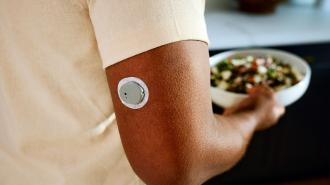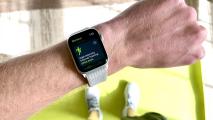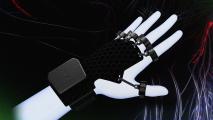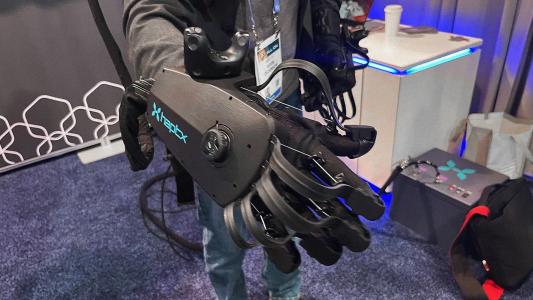The FDA just approved the first over-the-counter continuous glucose monitor (CGM), a type of wearable device that makes it easy for people to keep track of their blood sugar levels.
“Giving more individuals valuable information about their health, regardless of their access to a doctor or health insurance, is an important step forward in advancing health equity for US patients,” said Jeff Shuren, director of the FDA’s Center for Devices and Radiological Health.
The background: An estimated 35 million Americans have type 2 diabetes (T2D), meaning their bodies either don’t produce enough of the hormone insulin or don’t use it effectively. This can lead to chronically high levels of glucose — a type of sugar — in their blood.
Some people with T2D need to regularly inject synthetic insulin, but the majority try to keep their glucose levels in check using other medications, such as metformin or GLP-1 agonists, or by making smart diet and lifestyle choices.
“CGMs can be a powerful tool to help monitor blood glucose.”
Jeff Shuren
However a person chooses to manage their diabetes, it’s important to keep track of their blood sugar levels, and rather than relying on regular finger pricks, which can be inconvenient, painful, and only provide a momentary snapshot, some choose to wear a continuous glucose monitor (CGM).
CGMs use a painless sensor that sticks very slightly into your skin and is held in place by a patch. The sensor regularly measures your glucose levels, and you can get an alert via an app when they’re high or even have the CGM trigger an insulin pump.
Each CGM lasts for weeks and provides a continuous view of your blood sugar throughout the day, so you can see in real-time how diet is affecting your glucose levels.
What’s new? The FDA approved the first CGM in 2017, and others have come on the market since then, but they all required a prescription. That changed on March 5, when the FDA announced that it was approving Stelo, a over-the-counter CGM developed by medtech company Dexcom.
“CGMs can be a powerful tool to help monitor blood glucose,” said Shuren. “Today’s clearance expands access to these devices by allowing individuals to purchase a CGM without the involvement of a health care provider.”
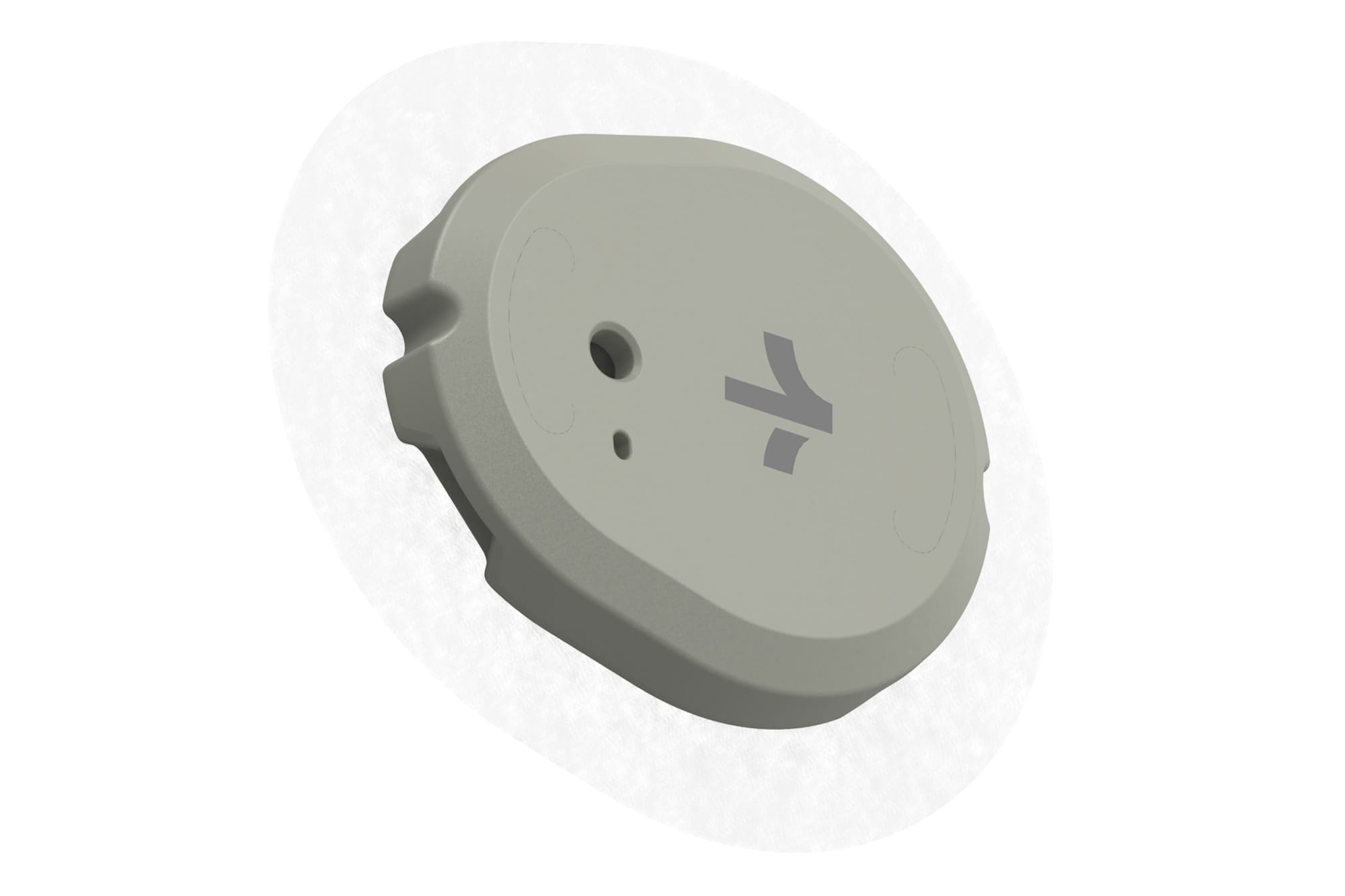
The targets: The Stelo isn’t designed for everyone. The FDA has given Dexcom permission to market the device to adults who aren’t using synthetic insulin to manage their diabetes and to people without diabetes who are interested in keeping tabs on their glucose levels anyways.
It has also specifically stated that the Stelo shouldn’t be used by people who need to monitor their blood for dangerously low levels of glucose, as it’s not set up to deliver app alerts for that.
Looking ahead: Of course, because the Stelo will be sold without a prescription, there’s nothing to stop anyone from buying it for any reason. People who do use insulin to manage their diabetes might save money if they opt for a prescription CGM, though, as some are covered by insurance.
“Might” being the key word — Dexcom hasn’t actually said what it plans to charge for the Stelo.
What we do know is that it expects to have the over-the-counter CGM on store shelves this summer, meaning anyone interested in keeping regular tabs on their blood sugar levels will be able to in just a few short months.
We’d love to hear from you! If you have a comment about this article or if you have a tip for a future Freethink story, please email us at [email protected].
